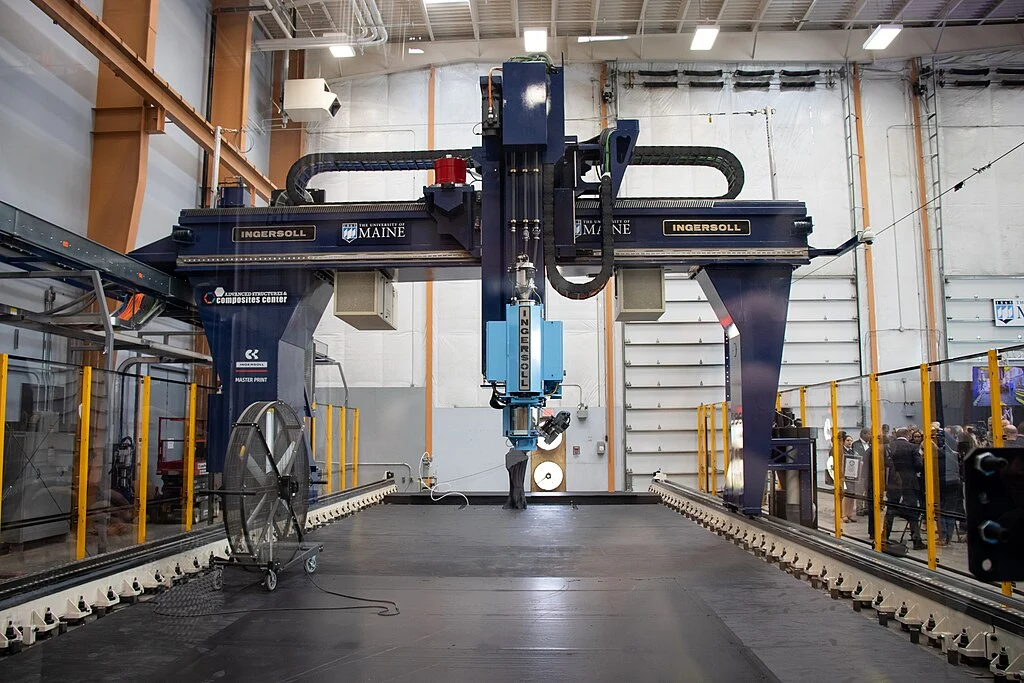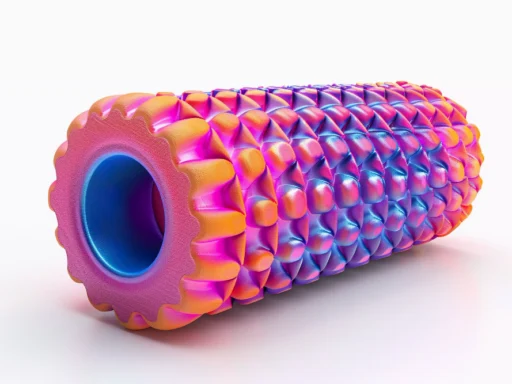Researchers at the University of Maine have come up with an innovative solution to the US housing shortage using the planet’s largest polymer 3D printer. Capable of producing entire neighborhoods, the next-gen machine constructs homes from wood fiber and bio-resins, significantly reducing construction time and labor.
UMaine has smashed its own world record with a 3D printer four times larger than its predecessor launched back in 2019. Their newest technology aims to scale up home construction further utilizing bio-based materials, potentially offering a viable solution to affordable housing and homelessness in the region.
In a CNN interview, Habib Dagher, director of UMaine’s Advanced Structures and Composites Center (ASCC), expressed the hope that the printer, dubbed the “Factory of the Future 1.0.”, will help address the state’s housing crisis, and revolutionize 3D home-printing in the process.
The UMaine team hints that an even larger machine is being developed, but the one just unveiled is impressive enough already – using thermoplastic polymers and integrating robotics, novel sensors, high-performance computing, and artificial intelligence.
The printer will not replace traditional home construction, but Dagher predicts that in the future, 3D-printed homes are likely to comprise a bigger share of the world’s housing stock. The ASCC is now working on how to incorporate conduits for wiring and plumbing “exactly where an architect would want them” into the printing process, he adds.
The next big project for the Factory of the Future is a nine-home neighborhood for homeless people. The ASCC is partnering with a local NGO to design the structure, with printing scheduled to start in 2025. With the innovative spirit of UMaine’s research community, this could become the first step to both addressing housing needs and shifting the entire construction paradigm. Who knows? The future of housing might be just a print away!








